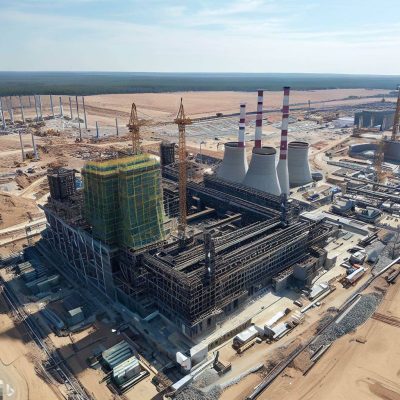Energy sector resilience in many countries, cities, utilities, and other energy sector stakeholders are under planning by undertaking vulnerability assessments and developing resilience action plans. Executing these plans requires identifying and increasing financing for power sector resilience interventions. These investments surpass the basic needs for power generation to support a more secure, reliable, and resilient power system in the face of threats.
Resilience finance mechanisms can be established products and tools or innovative financial instruments. Established financing mechanisms, such as bonds, grants and loans will be used for infrastructure investment by adding additional resilience value to the project. Innovative financial products, which include resilience bonds and green banks, are definitely designed to achieve resilience benefits, but they are still at the beginning steps.
As resilience planning spreads up, organizations and governments are progressively using internal sources, such as annual or capital budgets, to fund resilience actions.
According the scale of investments required, the private sector has an important role to play in financing energy infrastructure to fund large-scale energy projects and also small-scale decentralized infrastructures.
Public-private partnerships (PPPs) can create an important involvement in financing infrastructure projects. Combining private and public funding processes can enable stakeholders to boost more capital than would otherwise be possible. Some advantages of PPPs include: decrease the stress on public funds, facilitate implementation timeframes, support private sector specialty expertise, decrease the risk for the public entity, and have quicker payback times.
Bonding is a usual mechanism for financing large infrastructure projects, such as airports, hospitals or power plants. Resilience efforts can be integrated directly into existing bond structures, such as municipal bonds or other general obligation bonds through careful project design that includes risk protecting.
A green bank (sometimes called a green investment bank) secures low-cost capital for financing environmentally friendly projects. Energy resilience banks (ERBs) are green banks specifically aimed at funding resilience initiatives. These banks have been used in energy resilience projects to secure gap financing, or the remaining unmet need after a project has secured traditional public and private capital. ERB financing may be sourced from grants or loans, usually forgivable, longer-term and low interest loans or from small surcharges to the bank’s customers.
Regulators (governments) have to set clear guidance (requirements) for the development of resilient energy infrastructure by defining clear adaptation needs. Developed models that fully reflect extreme risks and include soft/hard resilience in cost-benefit analysis, are needed for banks, insurance institutions and institutional investors as risk takers.


